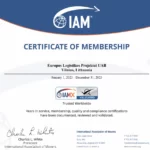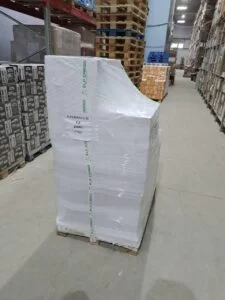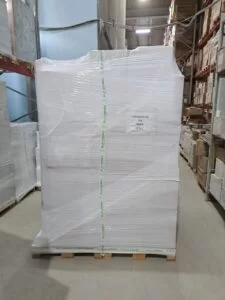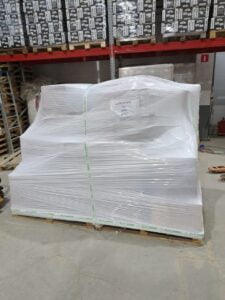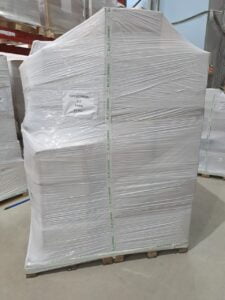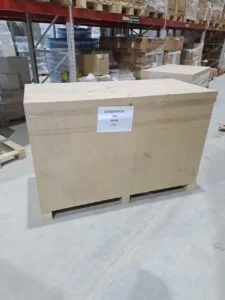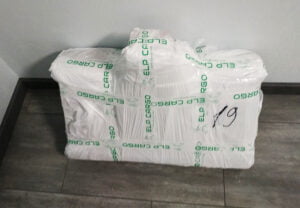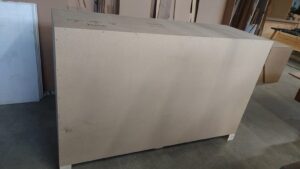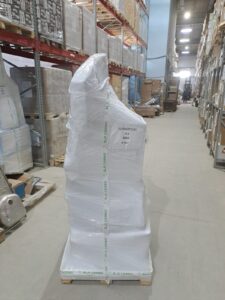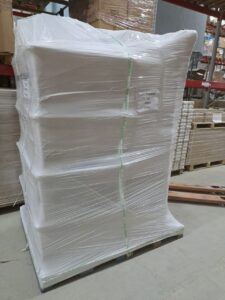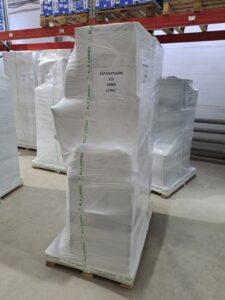
International removals and transportation of personal belongings with ELP CARGO
We will organize a comfortable and hassle-free move for you to a new place with transportation of all your personal belongings
Multimodal transportation explained
The contract for multimodal transportation implies the delivery of goods by several modes of transport. Such a solution allows you to bypass existing restrictions, optimizes time and financial costs.
Transportation of multimodal type is used in several cases:
- the countries of the sender and recipient do not have a direct connection;
- the client refuses to transport cargo by one mode of transport due to a high price or a long wait;
- part of the cargo cannot be sent by the selected method.
In the latter case, the limiting factors are the dimensions, purpose or weight of the goods.
Types of transport used
ELP CARGO carries out multimodal transportation, taking into account objective and subjective circumstances, by all available modes of transport.
Lorries
When transporting, vehicles of the appropriate purpose are used. They provide prompt work with the goods, they are in demand within the framework of international and long-distance communications.
- Lorries. Heavy duty vehicles. The equipment is equipped with a closed or open body, suitable for work in various climatic conditions. When organizing large cargo transportation, vehicles moving up to 37 tons are used.
- Isothermal transport. Lorries with thermally insulated body. It protects products from external influences, maintains the required temperature. Transport is involved in sending reagents, medicines and similar goods.
- Refrigerators. Special lorries for the transport of perishable goods, equipped with a refrigerator. It transports frozen food and industrial goods. Refrigerators are optimal for the delivery of semi-finished products and other deep-frozen products.
Along with the listed machines, small-tonnage cars can be used. The equipment is indispensable for organizing cargo transportation over short distances and working in an urban environment. It is compact and manoeuvrable.

Aircraft
For multimodal transportation of goods, when one of the stages is organized by air, two types of aircraft are used.
- Passenger aircraft. Regular passenger liners can carry small shipments. As a rule, these are documents, medicines, souvenirs.
- Cargo planes. They are optimal for the delivery of bulky goods – they solve transport problems related to the transportation of equipment, spare parts, household appliances, precious metals.
The use of air transport services reduces the delivery time, but increases its cost.

Ships
Vessels of various configurations are involved in the transportation of goods by water as part of multimodal delivery.
- Tankers transporting liquid products. In most cases, this is oil, as well as fuel and lubricants based on it.
- Bulkers are transport vessels that handle bulk industrial products.
- Bulk carriers are large ships for the delivery of general and oversized cargo. Vessels are equipped with cranes and can unload products in ports without appropriate equipment.
- Ro-Ro – ships loaded horizontally. Their main purpose is the transportation of cars and other wheeled vehicles.
Many transport operations are carried out by container ships – ships designed to deliver containers.

Railway transport
The use of railway services is a reliable and affordable way to carry out cargo transportation. When performing multimodal transport operations, wagons are used:
- covered for the delivery of general cargo;
- covered for transportation of cars;
- platforms;
- tanks;
- hoppers (for moving bulk materials).
Passenger and mail cars are used for the transport movement of correspondence.
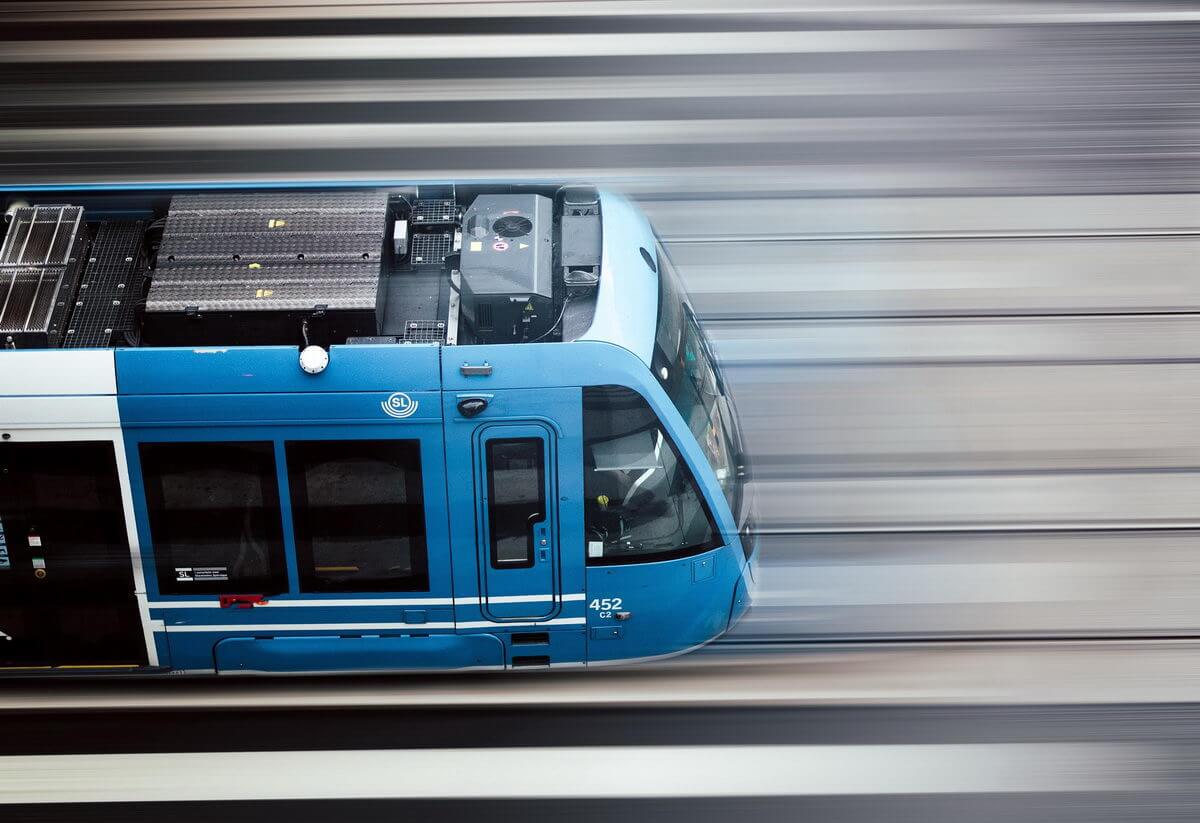
Choosing the right shipping method
Developing an algorithm for multimodal cargo transportation is not an easy task. Specialists take into account a wide range of parameters.
- Load configuration. As part of international transportation, items with different properties are moved. Some of them are not suitable for travel by boat, plane or car. In this case, logisticians are looking for optimal algorithms that ensure the smooth interaction of all categories of transport.
- Features of the transport network. Certain countries have limited international traffic. When working with cargo on their territory, one has to take into account constraints and organize operations to change the mode of transport.
- Financial component. The issue of rational spending of funds is one of the most acute. Some customers choose slower shipping if it saves money.
In most cases, cargo consolidation services are offered to customers. The service allows you to send goods as part of a combined batch. This solution reduces time and financial losses, contributes to the formation of a single route for transported items. Consolidation minimizes customs delays by simplifying paperwork and processing.
Correcting the defects, the shipment will be accepted for delivery if it is allowed for international transportation at all.
Over the last decade, we have:
What our customers are saying:
I will definitely recommend your company to my friends.
The best transport company. Real professionals. Quickly and efficiently.
Now all transportation is only with you.
What pleased me most was the packaging of the things: nothing was broken and everything was folded very carefully) well done!
Thank you very much – everything was delivered very carefully indeed!

Our company is a member of the IAM International Association of Movers, which specializes in international moves and relocations of individuals worldwide. This is the largest association in our industry, represented by more than 2,000 member companies in over 170 countries. Membership in this association gives us the opportunity to provide our customers with the highest quality services in transportation and delivery of personal belongings and prefabricated cargo, office moves, door-to-door transportation of cultural valuables almost anywhere in the world, including customs clearance, packing, delivery to the premises and storage. We officially represent Lithuania in this association.
Certificates and Awards:


